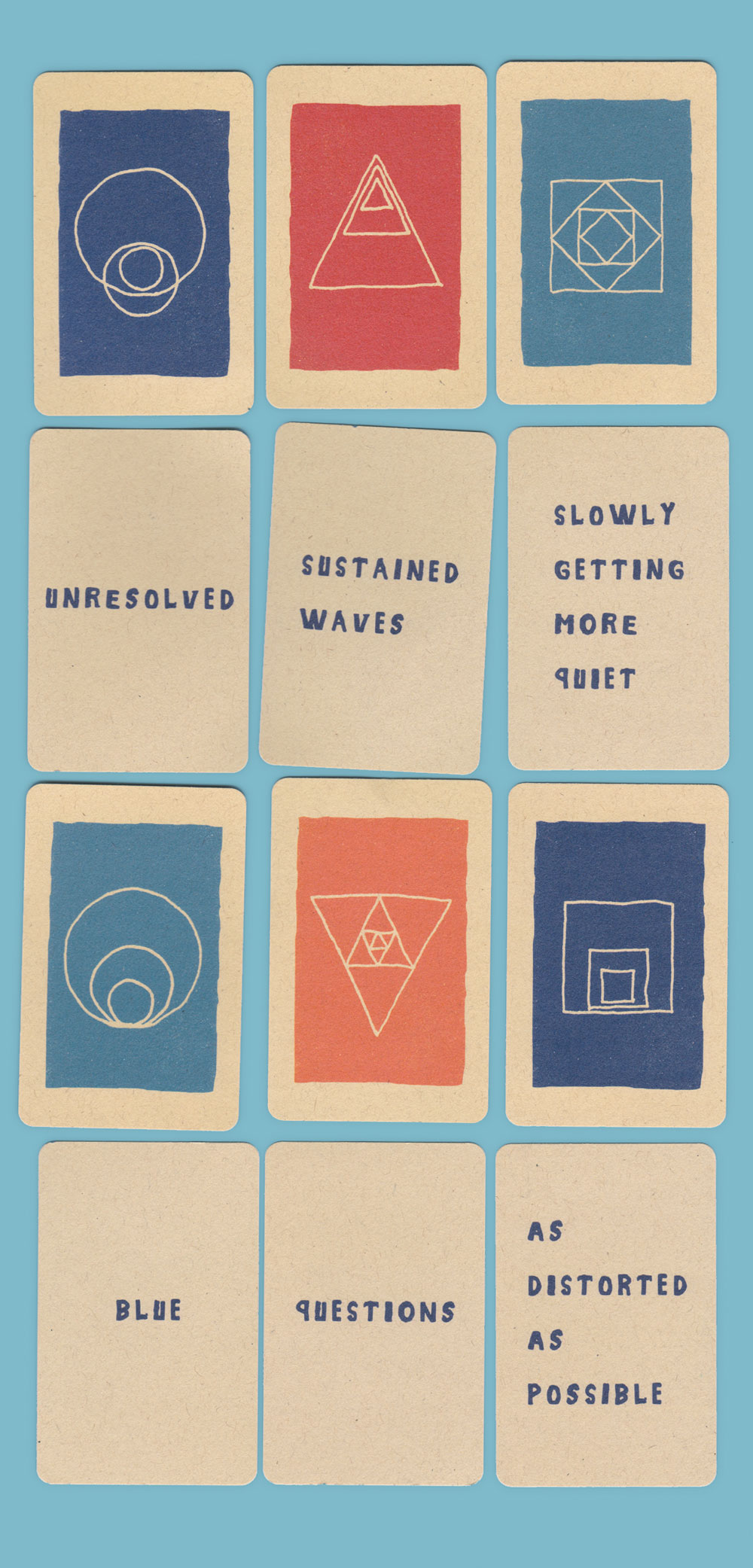As a perfect companion to our interview this issue, director Robert Fantinatto and producer Jason Amm's 87-minute film on Morton Subotnick brings to the screen a portrait of where he is now and what he has accomplished. Interspersed with a journey into live performances in his 70s and 80s, where he connects with a new, younger audience, we learn so much about Morton's life and work. Early years as a young clarinetist were derailed by the draft, taking him into the Korean War. Landing post-draft in San Francisco, he formed the San Francisco Tape Music Center; a highly influential hub of electronic musicians. We get to reminisce with Ramon Sender about that time, and learn how they found Don Buchla when commissioning the building of one of the earliest synthesizers, the Buchla 100 series Modular Electronic Music System, in 1963. As flower power took over SF, Morton moved to NYC and set up his home studio, becoming a "composer as a studio artist," and working on his music as well as making music for commercials. Morton and Nonesuch Records' Jac Holzman talk about their first meeting and the label commisioning Silver Apples of the Moon. The film follows the time leading up to As I Live and Breathe tour, but we get to follow the “Crowds and Power” work they performed at Lincoln Center with his wife, composer and vocalist Joan La Barbara, and Lillevan's visuals, and we catch some of the Alec Empire set mentioned in our interview.
The documentary is a treat to watch. Morton comes off so humble, engaged, and forward-thinking. Learning how he and Joan met and fell in love is a highlight, as are clips of him teaching workshops and working at home. The spatial mixes of his music in the film also hint at how interesting immersive composing and mixing can be outside of the pop/rock world. Filmed and edited very well, the look of the movie and the pacing keep the viewer hooked all along. I'd highly recommend seeing Subotnick.




_disp_horizontal_bw.jpg)